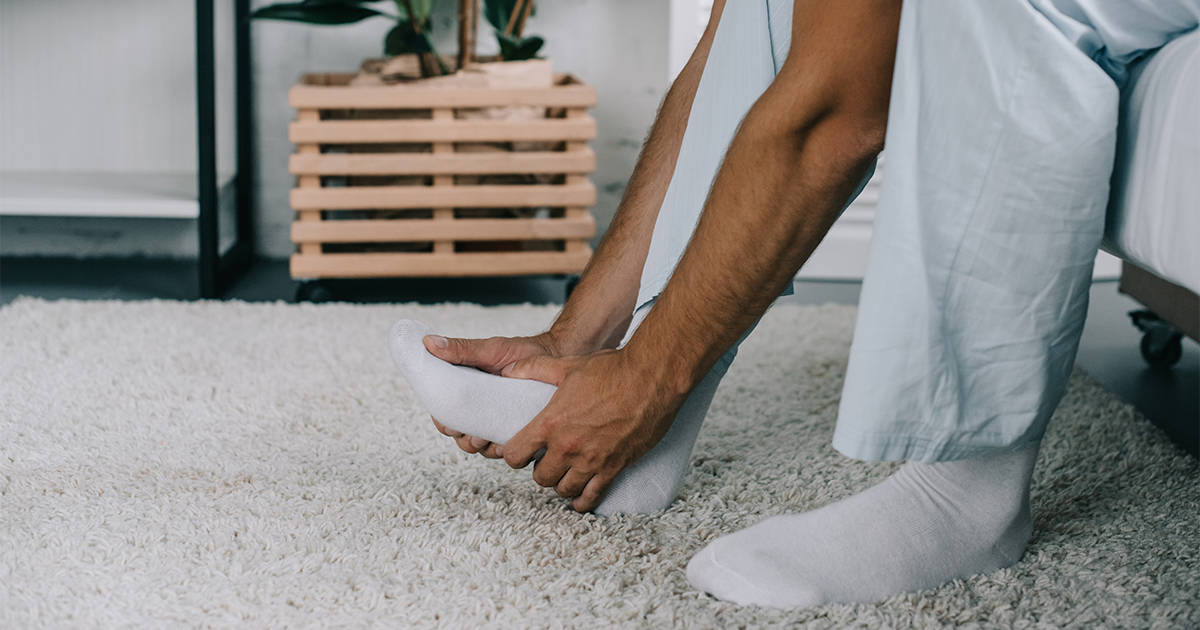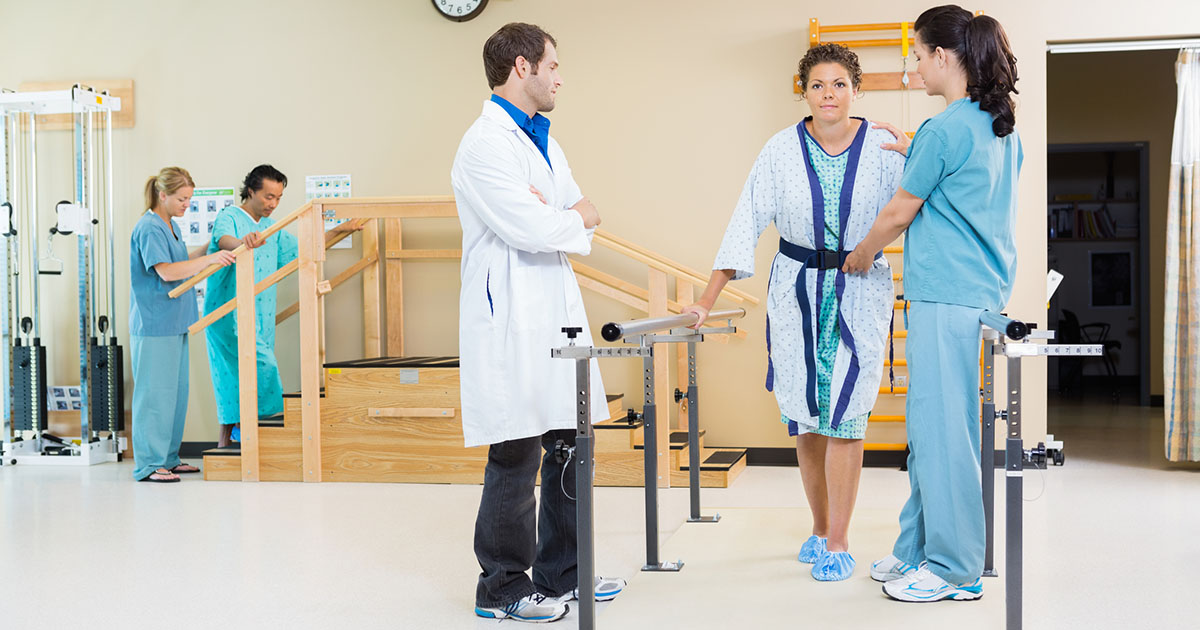Physical Therapy Isn’t Just For Injuries
When most individuals think of physical therapy, they think of it as what doctors will prescribe following an injury or surgery as a method of recovery. Physical therapy helps rebuild muscle strength and flexibility in a safe and controlled manner to prevent further injury or significant strain. It is important to get physical therapy for these issuesto ensure muscles don’t atrophy.
Many may not be aware of this, but physical therapy is not just limited to injuries or recovering from surgery. It is far more beneficial to a broader range of individuals than most realize. With this in mind, start reading to uncover information about other uses for physical therapy.
Assistance With Age

There is no denying it. As we age, our bodies become less flexible, joints ache, and everything just becomes more difficult. However, physical therapy is amazing at maintaining movement and reversing some of the issues, such as aching joints, that come with age. It also helps increase coordination as well as balance. Falls are all too common among seniors, which is what makes increasing balance through physical therapy so important. Overall, the main function of physical therapy for seniors is to help them maintain their independence for as long as possible, which is incredibly important for many seniors.
Besides assisting with maintaining independence, physical therapy can also help with a wide variety of medical conditions affecting an individual’s mobility, regardless of age. Continue reading to learn about the details.
Conditions Compromising Mobility

Quite a few medical conditions can compromise an individual’s mobility, such as cerebral palsy, multiple sclerosis, and muscular dystrophies, such as Duchenne muscular dystrophy (DMD). Medical conditions compromising mobility often mean muscle degeneration. Unfortunately, if there is no cure for the condition, there is no way to stop this degeneration completely. However, physical therapy helps patients with these conditions maintain their mobility and, just like seniors, their independence for as long as possible.
For instance, those with DMD will more than likely require a wheelchair at some pointand will need it for the remainder of their life, but physical therapy can help prolong their ability to walk and be active for longer than without. Physical therapy is critical for this as physical therapists are medical professionals who have a thorough understanding of what exercises are going to help and which are going to hurt. Thus, just continuing to walk and such without physical therapy will not have the same beneficial effect.
Continue reading to learn how physical therapy can improve posture.
